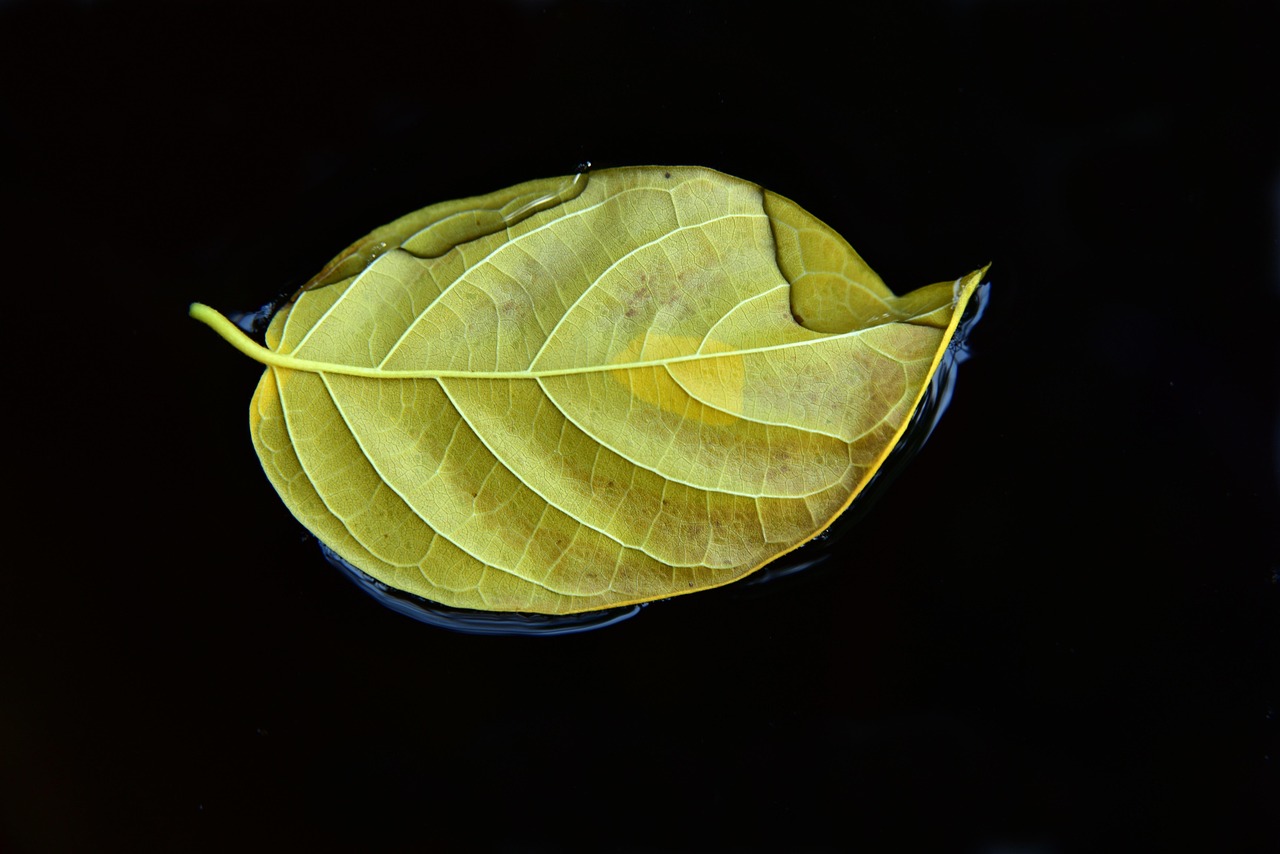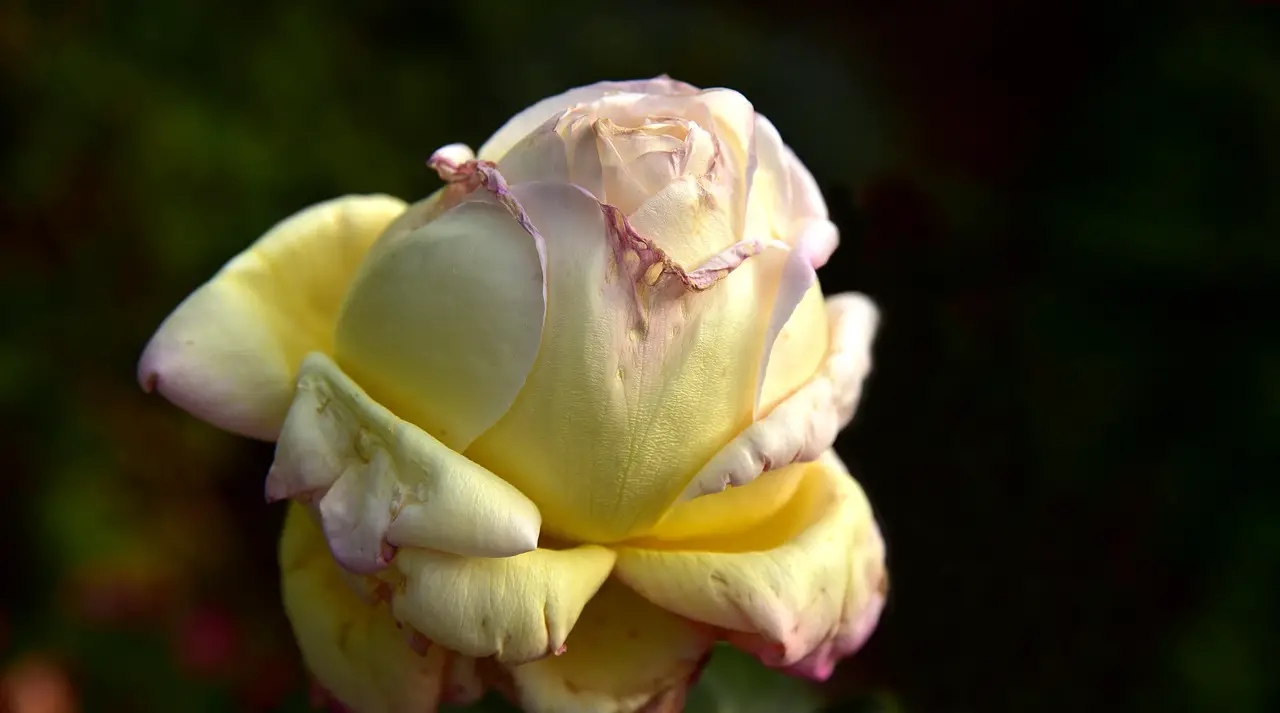Trees are more than just a backdrop to our lives; they are vital components of our ecosystems. They provide oxygen, improve air quality, conserve water, preserve soil, and support wildlife. Yet, many of us do not fully understand the different types of trees that surround us. Learning about tree types can enhance our appreciation for nature and help us make better choices for landscaping and conservation. In this article, we will explore various tree types, their characteristics, and their importance in our environment.
When we think about trees, we often picture the grand oaks in a park or the weeping willows by a lakeside. However, there is a vast diversity among trees, categorized mainly into two groups: deciduous and coniferous. Deciduous trees lose their leaves in the fall, while coniferous trees retain their needles year-round. Understanding these categories can help you identify trees in your local area and appreciate their unique features.

Beyond these basic classifications, trees can also be categorized based on their growing conditions and uses. For instance, some trees are suited for urban environments, while others thrive in forests or wetlands. Each type plays a specific role in its ecosystem and can significantly affect local biodiversity.
Types of Trees
To better understand the different types of trees, we can categorize them into several types based on their characteristics and uses. Below is a table highlighting a few common tree types along with their defining traits:
<td Cherry Blossom, Dogwood, RedbudLandscaping, Aesthetic Appeal
| Tree Type | Leaf Type | Common Examples | Uses |
|---|---|---|---|
| Deciduous Trees | Broadleaf | Maple, Oak, Birch | Shade, Timber, Aesthetics |
| Coniferous Trees | Needle-like | Pine, Spruce, Cedar | Timber, Christmas Trees, Resins |
| Tropical Trees | Broadleaf | Mango, Coconut, Mahogany | Fruit, Timber, Shade |
| Ornamental Trees | Varied |
The above table provides a snapshot of tree types and their various uses. Understanding these categories is crucial for anyone interested in horticulture or landscaping.
Deciduous trees are particularly important for providing shade during the summer months. They also contribute to soil health by dropping leaves that decompose and enrich the ground. In contrast, coniferous trees are known for their resilience in cold climates and their ability to thrive in poor soils. Their evergreen nature provides year-round greenery and shelter for many bird species.
Tropical trees bring a unique flavor to their environments. They thrive in warm climates and often produce fruits that are integral to local diets. Moreover, ornamental trees offer beauty and charm to gardens and streetscapes. They are often chosen for their striking flowers or unique shapes.
In addition to aesthetics and ecological benefits, understanding tree types can inform our choices in urban planning and conservation efforts. Selecting the right tree for the right location can lead to healthier urban forests and improved quality of life for city dwellers.
The relationship between humans and trees is intricate and essential. By delving deeper into the world of trees, we not only enrich our knowledge but also foster a greater sense of responsibility towards protecting these vital organisms.
Deciduous Trees
Deciduous trees are fascinating organisms that shed their leaves each autumn. This adaptation allows them to conserve water and energy during the colder months. They are primarily found in temperate regions, where the seasons change distinctly. Some of the most notable characteristics of deciduous trees include:
- Leaf Structure: Deciduous trees typically have broad, flat leaves that capture sunlight effectively during the growing season.
- Seasonal Changes: These trees display vibrant colors in the fall, ranging from golden yellows to deep reds, before shedding their leaves.
- Growth Patterns: Deciduous trees often grow quickly in the spring and summer, taking advantage of the long days and abundant sunlight.
Common examples of deciduous trees include the oak, maple, and birch. Each of these species has unique features that contribute to their ecological roles. For instance, oak trees are known for their strength and longevity, providing habitats for various wildlife species.
Benefits of Deciduous Trees
The benefits of deciduous trees extend beyond their aesthetic appeal. Here are some of their significant contributions:
- Air Quality Improvement: Deciduous trees absorb carbon dioxide and release oxygen, improving overall air quality.
- Shade Provision: In urban areas, these trees create shade, reducing heat and energy costs in nearby buildings.
- Soil Enrichment: The fallen leaves decompose and enrich the soil with nutrients, promoting healthy ecosystems.
Coniferous Trees

In contrast to deciduous trees, coniferous trees are characterized by their needle-like leaves and cones. They are well-adapted to survive in colder climates and are often found in forests across the Northern Hemisphere. The key features of coniferous trees include:
- Evergreen Nature: Most conifers retain their needles throughout the year, providing consistent greenery.
- Adaptability: Coniferous trees can thrive in a variety of soil types and are often resistant to harsh weather conditions.
- Reproductive Structures: They reproduce using cones rather than flowers, with male cones releasing pollen and female cones containing seeds.
Pine, spruce, and fir trees are classic examples of coniferous species. These trees play crucial roles in their ecosystems by providing habitats for birds and other wildlife while also being significant sources of timber and other forest products.
Environmental Impact of Coniferous Trees
The environmental benefits of coniferous trees are numerous. Some highlights include:
- Biodiversity Support: Coniferous forests provide essential habitats for various species, contributing to biodiversity.
- Erosion Control: Their root systems help stabilize soil and prevent erosion along slopes and riverbanks.
- Carbon Sequestration: Conifers absorb carbon dioxide from the atmosphere, playing a vital role in mitigating climate change.
Tropical Trees

Tropical trees thrive in warm climates and are typically found near the equator. These trees are known for their lush foliage and often bear fruits that are important for local communities. Key characteristics of tropical trees include:
- Diverse Leaf Shapes: Tropical trees can have a variety of leaf shapes, often large and broad to capture as much sunlight as possible.
- Rapid Growth Rates: Many tropical trees grow quickly due to the warm temperatures and abundant rainfall in their environments.
- Fruit Production: They often produce fruits that are not only consumed by local wildlife but also harvested by humans.
Mango, coconut, and mahogany are just a few examples of tropical trees. They play critical roles in their ecosystems, providing food and shelter for many animal species while also offering economic benefits through agriculture and timber production.

Ornamental Trees
Ornamental trees are specifically cultivated for their aesthetic appeal rather than for timber or fruit production. These trees enhance landscapes, parks, and gardens with their unique shapes, vibrant flowers, and attractive foliage. They can vary significantly in size, from small flowering varieties to larger shade-providing species. Common characteristics of ornamental trees include:
- Striking Flowers: Many ornamental trees bloom with vibrant flowers that attract pollinators such as bees and butterflies.
- Unique Foliage: Some species exhibit colorful leaves or interesting leaf shapes, adding visual interest throughout the seasons.
- Compact Growth: Ornamental trees often have a more compact growth habit, making them suitable for urban settings where space is limited.
Examples of popular ornamental trees include the cherry blossom, dogwood, and magnolia. Each of these trees offers stunning seasonal displays and enriches the beauty of their surroundings.
Benefits of Ornamental Trees
The contributions of ornamental trees extend beyond aesthetics. They provide several environmental and social benefits, including:
- Improved Air Quality: Like all trees, ornamental species absorb carbon dioxide and release oxygen, helping to purify the air.
- Urban Cooling: These trees provide shade, which can lower temperatures in urban areas, reducing the urban heat island effect.
- Enhanced Property Value: Well-landscaped properties with ornamental trees can see an increase in property value due to their attractive appearance.
Choosing the Right Trees for Your Space
Selecting the appropriate tree for your environment involves considering various factors. Here are some essential aspects to keep in mind when choosing trees:
- Climate: Ensure that the tree species you choose can thrive in your local climate conditions, including temperature fluctuations and rainfall.
- Space Availability: Consider the mature size of the tree and ensure there is enough room for it to grow without encroaching on buildings or other plants.
- Purpose: Determine what you want from the tree: shade, privacy, beauty, or fruit production. This will guide your selection.
Consulting with local horticulturists or landscaping professionals can also provide valuable insights into suitable tree options for your area.
Maintenance Considerations
Caring for trees properly is crucial to their health and longevity. Here are some maintenance tips to ensure that your trees thrive:
- Watering: Newly planted trees require regular watering until they establish strong root systems. Once established, many tree species need less frequent watering.
- Pruning: Prune trees to remove dead or damaged branches and to shape them as needed. Proper pruning encourages healthy growth and improves air circulation.
- Pest Management: Regularly check your trees for signs of pests or diseases. Early detection can prevent significant damage and may require treatment.
The Role of Trees in Urban Environments
Trees play a vital role in urban environments. They contribute to the overall health and well-being of city residents. Urban trees provide numerous benefits that enhance city living:
- Noise Reduction: Trees can help absorb sound, creating quieter spaces in busy urban areas.
- Aesthetic Appeal: Green spaces with trees improve the visual landscape, making urban environments more inviting.
- Habitat Creation: Urban trees provide habitats for various wildlife species, contributing to urban biodiversity.
The integration of trees into city planning is essential for creating sustainable and livable urban spaces. By understanding different tree types and their benefits, we can foster greener cities that enhance the quality of life for all residents.
Community Engagement and Education
Engaging the community in tree planting and maintenance efforts is crucial for fostering a love for trees and nature. Community involvement can take various forms, including educational programs, local planting events, and conservation initiatives. Here are some effective strategies to encourage community participation:
- Workshops and Seminars: Organizing workshops that educate residents about the importance of trees, their types, and care techniques can help build knowledge and appreciation.
- Planting Days: Arranging community tree planting events can bring people together while enhancing local green spaces. These events can involve schools, local businesses, and civic organizations.
- Adopt-a-Tree Programs: Initiatives that allow community members to adopt and care for specific trees foster a sense of responsibility and connection to the environment.
By fostering community engagement, we not only enhance urban greenery but also create a shared sense of responsibility for the environment.
The Economic Benefits of Trees
In addition to their environmental and aesthetic benefits, trees provide significant economic advantages. These benefits can be observed in various ways:
- Increased Property Values: Properties with well-maintained trees often have higher market values. The presence of trees can make neighborhoods more desirable.
- Lower Energy Costs: Trees provide shade and windbreaks, which can reduce heating and cooling costs for homes and businesses.
- Job Creation: The tree care industry creates jobs in landscaping, forestry, and ecology, contributing to local economies.
Investing in trees is not just about aesthetics; it is a smart economic decision that benefits communities at large.
Challenges Facing Urban Trees
While trees provide numerous benefits, they also face challenges, particularly in urban environments. Some of the key challenges include:
- Pest Infestation: Urban trees are often susceptible to pests that can weaken or kill them if not managed properly.
- Climate Change: Changes in climate can affect tree health and survival. Extreme weather conditions, such as droughts or heavy storms, can impact their growth.
- Space Constraints: Limited space in urban areas may hinder the growth of trees and restrict their root systems, leading to potential hazards.
Addressing these challenges requires collaborative efforts between city planners, arborists, and community members. Effective management strategies are essential for maintaining healthy urban forests.
Final Thoughts
The world of trees is rich and diverse, encompassing various types that each contribute uniquely to our ecosystems. From the majestic deciduous trees that provide shade and color to the resilient coniferous species that stand tall in harsh climates, each tree plays a vital role in both natural and urban environments.
Understanding tree types enhances our appreciation for these leafy neighbors and informs how we can better support their growth and survival. Through community engagement, education, and responsible management practices, we can cultivate a greener future. By valuing trees not just for their beauty but also for their contributions to health, economy, and biodiversity, we can ensure that they thrive for generations to come.
As we continue to learn about the various species around us, let us commit to protecting our leafy neighbors. In doing so, we not only enrich our lives but also safeguard the health of our planet.
